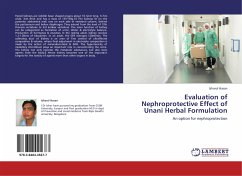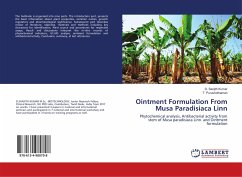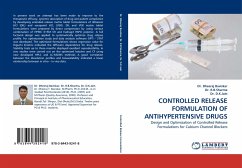Paired kidneys are reddish bean shaped organs about 10-12cm long, 5-7cm wide, 3cm thick and has a mass of 135-150g.10 The kidneys lie on the posterior abdominal wall, one on each side of vertebral column, behind the peritoneum and below diaphragm. They extend from the level of 12th thoracic vertebrae to 3rd lumbar vertebrae. The main function of kidney can be categorized as Formation of urine, Water & electrolyte balance, Production of hormones & enzymes. In the resting adult, kidney receives 1.2-1.3litres of blood/min. In an adult, the GFR averages 120ml/min. The collecting duct of kidney is an area of fine control of ultrafiltrate composition & volume, where final adjustment in electrolyte composition is made by the action of mineralocortioid & ADH. The hypertonicity of medullary interstitium plays an important role in concentrating the urine. The kidney not only excretes the metabolic substances, but also toxic agents from the body.6 Hence kidney becomes one of the important targets for the toxicity of agents more than other organs in body.
Bitte wählen Sie Ihr Anliegen aus.
Rechnungen
Retourenschein anfordern
Bestellstatus
Storno








